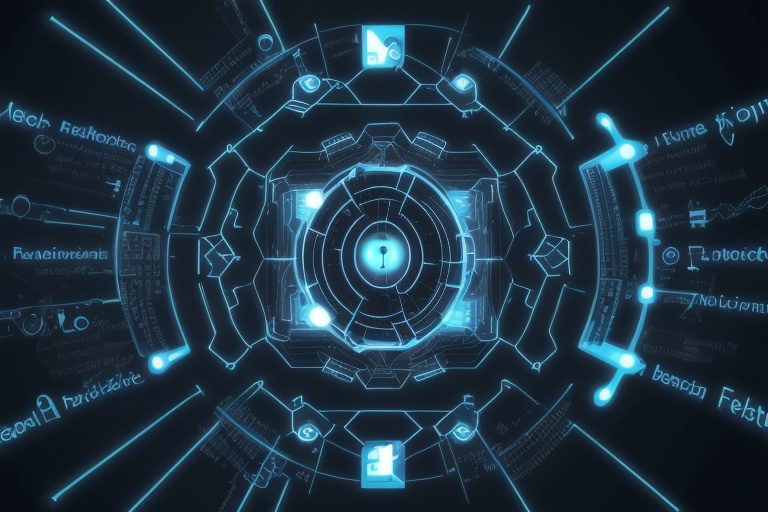Artificial Intelligence (AI) has dynamically transformed industries worldwide, and the medical field is no exception. Within the realm of medicine, radiology stands out as a discipline experiencing significant change due to AI's influence. This cutting-edge technology promises to enhance the accuracy and efficiency of diagnostic imaging, providing new opportunities for improved patient care. Nonetheless, a spirited discussion remains ongoing in the medical community regarding AI's role in radiology: is it a tool to supplement the expertise of radiologists, or a forthcoming replacement?
Artificial Intelligence (AI) has dynamically transformed industries worldwide, and the medical field is no exception. Within the realm of medicine, radiology stands out as a discipline experiencing significant change due to AI's influence. This cutting-edge technology promises to enhance the accuracy and efficiency of diagnostic imaging, providing new opportunities for improved patient care. Nonetheless, a spirited discussion remains ongoing in the medical community regarding AI's role in radiology: is it a tool to supplement the expertise of radiologists, or a forthcoming replacement?
While the allure of AI-driven radiology is unmistakable, it is crucial to evaluate the technology's current capabilities and limitations. Radiologists engage in a complex profession, requiring them to interpret medical images and integrate this information with their extensive knowledge to make critical decisions affecting patient care. Therefore, the expectation that AI could entirely substitute for radiologists is premature.
AI Accuracy and Reliability
One of the central challenges facing AI in radiology is achieving a level of accuracy comparable to that of human radiologists. While AI algorithms have made impressive strides, they frequently fall short of the nuanced understanding that experienced radiologists bring to the table. A misinterpretation by an AI algorithm can lead to misdiagnosis or oversight of critical information, underscoring the importance of having skilled radiologists who can provide a comprehensive analysis.
Data Accessibility and Standardization
The development and refinement of AI heavily rely on the availability of vast, standardized radiological datasets. Presently, the acquisition of such data can be problematic. Access to high-quality, diverse, and well-annotated radiological images is not always available. This limitation hinders the training and performance of AI systems, impeding their ability to operate at their fullest potential.
The Supportive Role of AI in Radiology
The potential for AI in radiology is broad and undeniably advantageous. By incorporating AI-driven tools, radiologists can expedite the examination of medical images. Such tools are adept at recognizing patterns quickly, allowing radiologists to concentrate on more complex aspects of diagnosis and patient care. This collaborative approach between AI and radiologists could lead to a profound positive impact on healthcare efficiency and outcomes.
Radiologists stand to gain an edge by adapting AI into their practice. The sophisticated algorithms designed to scrutinize medical images can unveil intricate details that might go unnoticed by the human eye. This additional layer of analysis can enhance a radiologist's ability to diagnose with precision, providing crucial insights that may influence treatment plans.
The convergence of AI technology with radiology is intricate and evolving. AI should be perceived as a supplement to the radiologist's skill set, offering a technological assistive hand rather than aiming to supplant human expertise. As AI continues to mature and industry challenges are met, the augmented integration of such technology into radiology is a development to watch closely.
The future of radiology and AI is inextricably linked, filled with potential advancements that promise to elevate the quality of healthcare delivered. It is an exciting time for professionals in the field, patients, and technology developers alike. The responsibility lies in approaching AI as a partnership with human intellect that reinforces and supports the decision-making capabilities of radiologists, ensuring the highest standards of patient care are maintained.
Information for this article was gathered from the following source.

